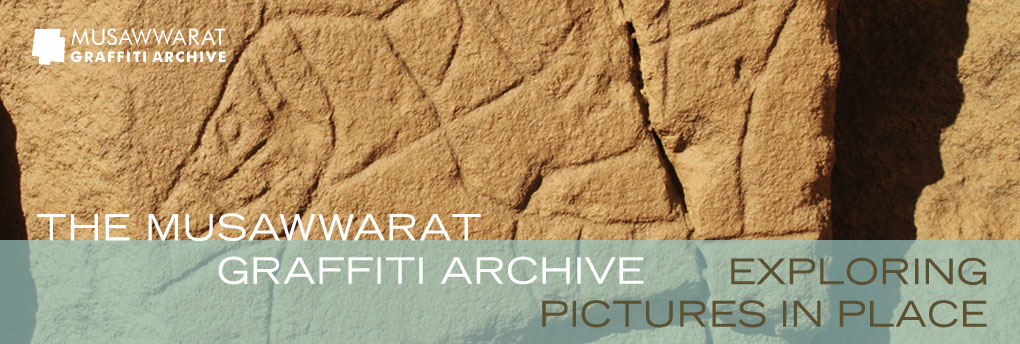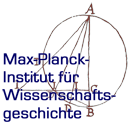Reflectance Transformation Imaging (RTI)
RTI is an advanced computational photographic technique that captures surface details in different lighting conditions. Multiple images are taken from a fixed camera position while a light source illuminates the object from different angles and directions. RTI software creates a composite image out of dozens of exposures, allowing the user to examine surface properties under different lighting conditions and in various rendering modes. RTI techniques have been used for nearly a decade recording smaller objects, usually in controlled conditions under a portable hemispherical dome, which has the light sources attached to its inner surface.
Highlight RTI creating a ‘virtual light dome’ with a movable light source was developed to permit the recording of larger surfaces in less controlled environments. Little equipment is required: a digital camera with a high resolution lens, remote control, filters, scale, tripod, movable flash and power source, sphere(s) capturing the lighting direction in each exposure. Highlight RTI capture set-up at Musawwarat used a Nikon D300 Camera with a 50mm lens with neutral-density (ND) filter. Both an external camera flash as well as a powerful AlienBees mobile studio flash were used. The latter, powerful flash provides more evenly spread light. It is also better suited for very bright environments where an ND-filter needs to be used. A mounted billard ball as well as 10mm metal balls served as reflective spheres for capturing larger and smaller surfaces.
Field conditions at Musawwarat provided a number of environmental, site-related and technological challenges that slowed down the recording procedure. Uneven ground as well as the narrow width of the ramps at the Great Enclosure called for creative tripod positioning. Direct sunlight needed to be blocked with a large umbrella from the wall sections to be captured. The umbrella as well as the near walls often hindered regular and evenly spaced flash movement across the ‘virtual light dome’. Small graffiti of less than 50cm size were easily captured if they were located at a ‘convenient height’ of roughly 1m above ground. For graffiti located closer to the ground or close to corners only part of the ‘virtual light dome’ could be created by moving the flash. Set-ups capturing graffiti in high locations were especially challenging. Movement was introduced to some exposures when capturing graffiti in locations higher than c. 1.5m, as strong gusts of wind tended to rattle the extended tripod and the camera. The range of the flash had to be extended with the help of a makeshift wooden stick to which the flash was taped, since the adequate piece of equipment had got lost on the way to Sudan and could not be replaced. The larger the graffiti, the larger the ‘virtual light dome’ needed to be and the powerful Alien Bees studio flash was needed to provide sufficient illumination. Due to the high number of exposures it needed to be re-charged daily – a challenge when electric power is only temporarily available in camp via solar panels or generators. Equipment, including generators and remote controls, often broke down due to sand and other ailments.
Despite various location- and data-specific challenges limiting the usefulness of Highlight RTI in recording graffiti of large dimension and in certain locations, during the 2011 field season some of the most endangered graffiti at Musawwarat were documented using RTI. All in all, more than 1000 graffiti were recorded in 448 Highlight RTI captures under the supervision of Hembo Pagi of the Archaeological Computing Research Group at the University of Southampton. As soon as a web-based RTI viewer is available, the graffiti RTI-files will be made available for study via the Musawwarat Graffiti Archive.
Text: Hembo Pagi & Cornelia Kleinitz (2012)








